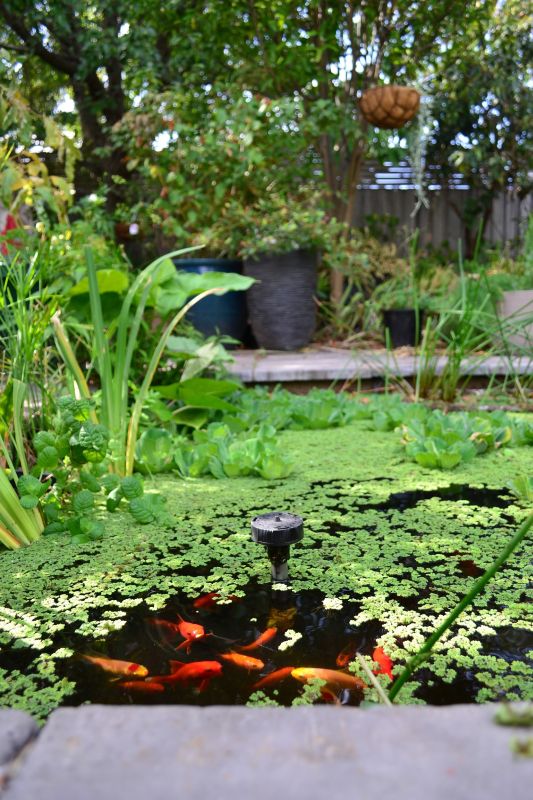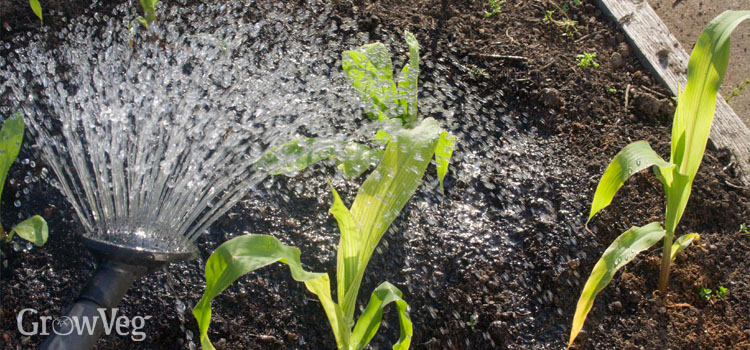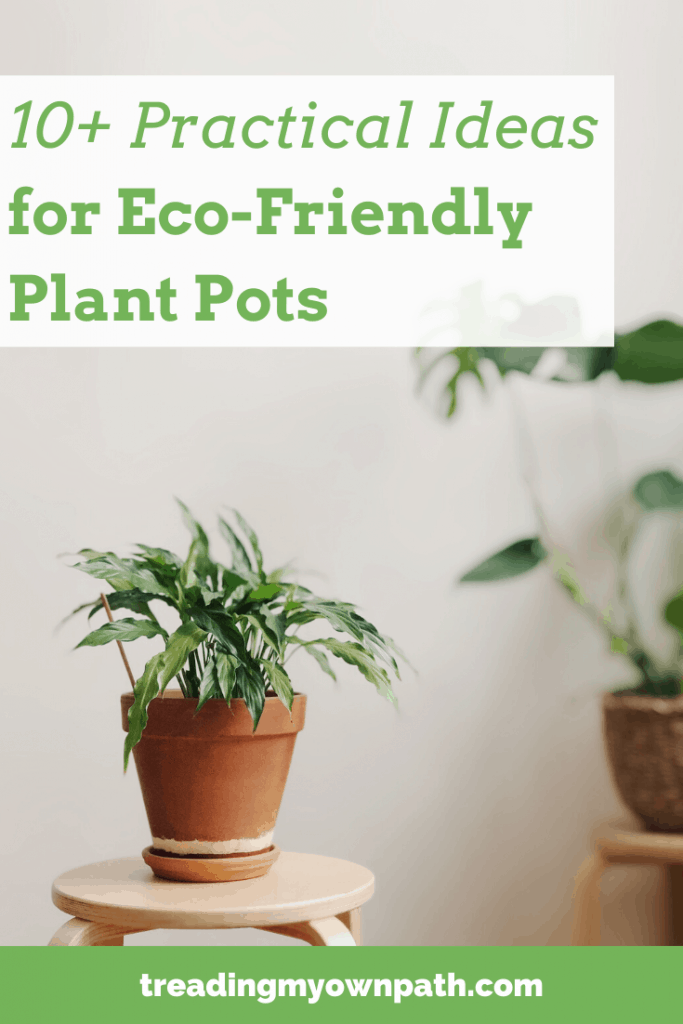Water Plants Use A Chemical That Makes Stick Together And Sink To The Bottom
Water has some unusual properties due to its hydrogen bonds. The amount of a substance that is in another substance.

Jian Liu Pond Azolla Water Lily Water Lettuce Watercress Water Chestnuts Water Spinach Kang Kong Water Parsley Water Celery Local Food Connect
With flocculation water treatment the objective is to make waste particles stick together so that they are easier to remove from wastewater.

Water plants use a chemical that makes stick together and sink to the bottom. There are a variety of chemicals that can be applied one main type being flocculants. Nitrogen compounds used for growth by plants and algae. Clarification or floatation Particles are made to sink or float to separate them from the water allowing them to be easily removed.
They arrange themselves in a way that creates surface tension on the top of the water. This is called coagulation. Think of this potential as a force pulling water towards the leaf through the small.
Clarifiers are tanks built with mechanical. In a sedimentation system this is meant to make the contaminants sink to the bottom of a wastewater tank. Chemical added to water during the treatment process which causes pollutions to stick together and sink to the bottom.
We send it to a mixing chamber. Nitrogen compounds used for growth by plants and algae. We use filters made of tightly packed beds of sand and crushed coal to trap and remove the floc.
Settling basins are ponds constructed for the purpose of removing entrained solids by sedimentation. It is a large tank with slow flow allowing floc to sink to the bottom. We add a chemical called alum to the water.
This makes it easier to filter them out. Chemicals usually liquid aluminium sulphate alum are added to help bacteria and small particles stick together forming larger particles. Then we mix it up irt stick together in small globs.
When mixed with the water this causes the tiny particles of. A substance with a pH value of greater than 7. After coagulation the particles stick together and form flocculation or floc.
When they clump together they form heavier particles. Third Step Precipitation- in this step the ions Ca2 calcium and magnesium Mg2 are removed in order to soften the water. These are not harmful but can leave insoluble mineral deposits.
Sedimentation is a physical water treatment process using gravity to remove suspended solids from water. Because water molecules like to stick together the surface tension of water causes a potential to build up inside the leaf for water to move towards the place from which water is being lost. The molecules at the surface do not have other like molecules on all sides of them and consequently they cohere more strongly to those.
We add a solution coagulant that makes the smallest particles stick together to form larger flocs. The cross-sectional surface of the basin increases from bottom to top causing water flow to slow as it rises and allowing floc to settle out. Clump together and settle out of the water unless proper coagulation and flocculation is used.
Solid particles entrained by the turbulence of moving water may be removed naturally by sedimentation in the still water of lakes and oceans. The amount of a substance that is in another substance. The pepper is able to float on the surface because water molecules like to cling to one another.
Some of these treatments include coagulation adding a powdery chemical called a coagulant to the water and flocculation a mixing process that makes particles stick together in clumps called flocs sedimentation the settling process that removes most of the big particles from the water and disinfection the removal of harmful microorganisms from the water. This is why cayenne pepper and cinnamon and also other hydrophobic things will stick together in water and not dissolve but settle at the bottom to form a goo-type substance. The cohesive forces between water molecules are responsible for the phenomenon known as surface tension.
When they are mixed with water they do not want to dissolve but they do want to stick together with each other. Chemical added to water during the treatment process which causes pollutions to stick together and sink to the bottom. Next we pump the water into the treatment plant.
Coagulants which act like a glue cause the small particles to stick together which makes them heavier and causes them to sink to the bottom. One property is cohesion the tendency for water molecules to stick together. The sedimentation tank is best located close to the flocculation tank so the transit between does not permit settlement or floc break up.
The alum makes the specks of d After that the water travels through a basin where we s Next the water travels to a settling basin. Sedimentation tanks can be rectangular where water flows from end to end or circular where flow is from the centre outward. A chemical used in water treatment called a coagulant.
It causes small particles to stick together so they can be more easily removed. Many of these large clumps sink to the bottom of the water. We add chemicals to the water that make the dirt and particles stick together.
Unique plant-like organisms that capture energy from the sun to make food. Flocculation is the clumping together of suspended particles that have been destabilised through the coagulation process. Conventional plants can have adjustable mixing speeds in both the.
Sedimentation The water and floc move into two large sedimentation basins. During coagulation liquid aluminium sulfate alum andor polymer is added to untreated water raw water. A large and sudden growth of algae that can be harmful to waterways.
These particles form clumps or flocs. This is a process that removes smaller debris silt and microorganisms from water.

Pond In A Bucket Better Homes Gardens
![]()
Why Do Floating Plants Have A Waxy Coating Water Garden Central

Using Grey Water To Help Plants Survive A Hot Summer

Using Grey Water To Help Plants Survive A Hot Summer

Cedarcraft Self Watering Elevated Planter Self Watering Backyard Landscaping Designs Watering

Pond In A Bucket Better Homes Gardens

29 Plants That Grow In Water Only Without A Hydroponic System The Practical Planter

29 Plants That Grow In Water Only Without A Hydroponic System The Practical Planter

How To Grow Potted Plants Both Inside And Outdoors Better Homes Gardens

10 Practical Ideas For Eco Friendly Plant Pots Treading My Own Path Less Waste Less Stuff Sustainable Living

Jian Liu Pond Azolla Water Lily Water Lettuce Watercress Water Chestnuts Water Spinach Kang Kong Water Parsley Water Celery Local Food Connect

My Potted Plant Is Too Dry How To Rehydrate Container Plants

Propagating All My Indoor Plants From Cuttings In Water During The Lockdown Try With Me Youtube

29 Plants That Grow In Water Only Without A Hydroponic System The Practical Planter

How Do You Clean Indoor Plant Leaves Smart Garden Guide

Wild Interiors Treating Root Rot And Soft Rot In Houseplants

Using Grey Water To Help Plants Survive A Hot Summer

13 Essential Perennial Herbs For Easy Herb Gardening Oregano Plant Perennial Herbs Herbs
Calcium Buildup On Pots And Planters Plant Care Tips Tricks The Sill
Post a Comment for "Water Plants Use A Chemical That Makes Stick Together And Sink To The Bottom"